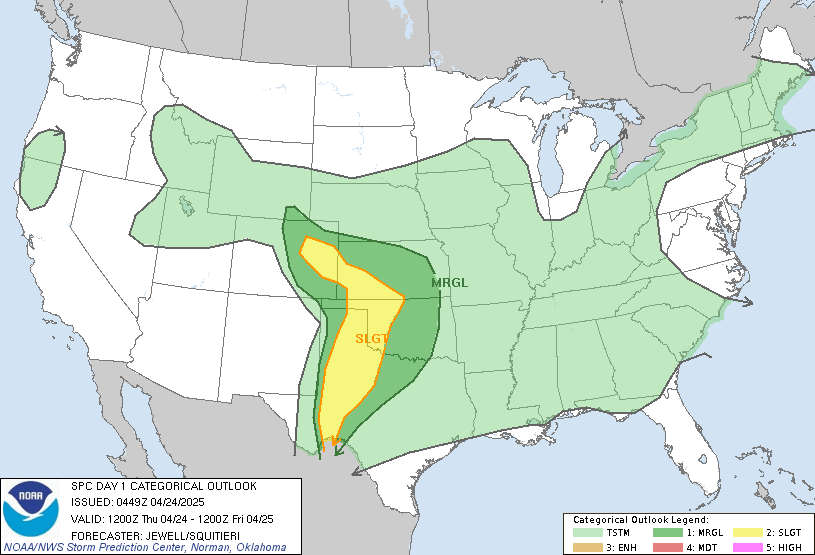EXCELLENT discussion by Davis out of BMX on all of the caveats to tomorrow's forecast.
"A complex forecast is setting up for Thursday`s potential severe
weather event. Synoptically, a longwave neutrally tilted
trough
will be advancing into the area, taking on a negative
tilt by
Thursday evening. Within this
trough, an upper low will be moving
through the Ozarks while a pronounced southern stream
shortwave
will be moving along the Gulf Coast/northern Gulf, extending well
south into the Gulf in association with a strong subtropical
jet.
Strong upper-level forcing will overspread the Deep South and Gulf
Coast due to
vorticity advection and diffluent
flow aloft. A
surface low will be located near St. Louis with a cold
front/surface
trough extending southward through the Mississippi
Valley.
Favorable
dynamics,
shear, lapse rates, and
moisture will
be present for severe weather, but there are still two main
uncertain
mesoscale details that will determine whether
significant destabilization occurs. The first question is if the
line of storms expected to develop late this afternoon/early this
evening over the Arklatex region will hold together and move into
the area Thursday morning in association with a lead
shortwave and
low level jet. If it were to hold together then a scenario
similar to last Saturday could evolve where later activity is
inhibited. However, the majority of the model guidance including
the CAMs and the typically reliable WRF-ARW and
NSSL WRF currently
indicates this activity will either dissipate or become
scattered
enough to be a non-factor. Therefore, current thinking is that
morning
convection will not be a limiting factor. The second
question is whether
convection developing along the LA/MS Gulf
Coast associated with the southern stream wave/subtropical
jet
will cause
convection further north to be "cut off"/suppressed.
This will be something to
watch in future CAM runs. Currently,
however, CAMs seem to suggest that this activity may develop too
late, be too far south, or be too
scattered to prevent strong
destabilization/
supercell development ahead of the
front over
northern Mississippi. Additionally, forcing with the upper low and
higher
dew points already being in place may prevent coastal
convection from being an inhibiting factor.
In that case, a favorable environment for
supercell development
will be in place over northern Mississippi with 1000-2000
J/kg of
CAPE and 50+
kts of southwesterly
shear helping to keep storms
ahead of the slow-moving
front. These supercells would then have
the potential to move into West Alabama during the late
afternoon/early evening, with sufficient
helicity/backed surface
winds for a couple tornadoes and large
hail. Keeping in mind the
above uncertainties, the enhanced risk area from
SPC in our far
western/northwestern counties depicts the potential threat well,
with a threat gradually decreasing off to the east. In addition,
southwesterly Corfidi vectors indicate that some of the
convection associated with the southern stream wave will move into
mainly our southern counties Thursday afternoon and pose a threat
for mainly damaging winds and
hail. Please stay tuned to future
updates and remain weather aware on Thursday, as the forecast will
be sensitive to small scale details."








